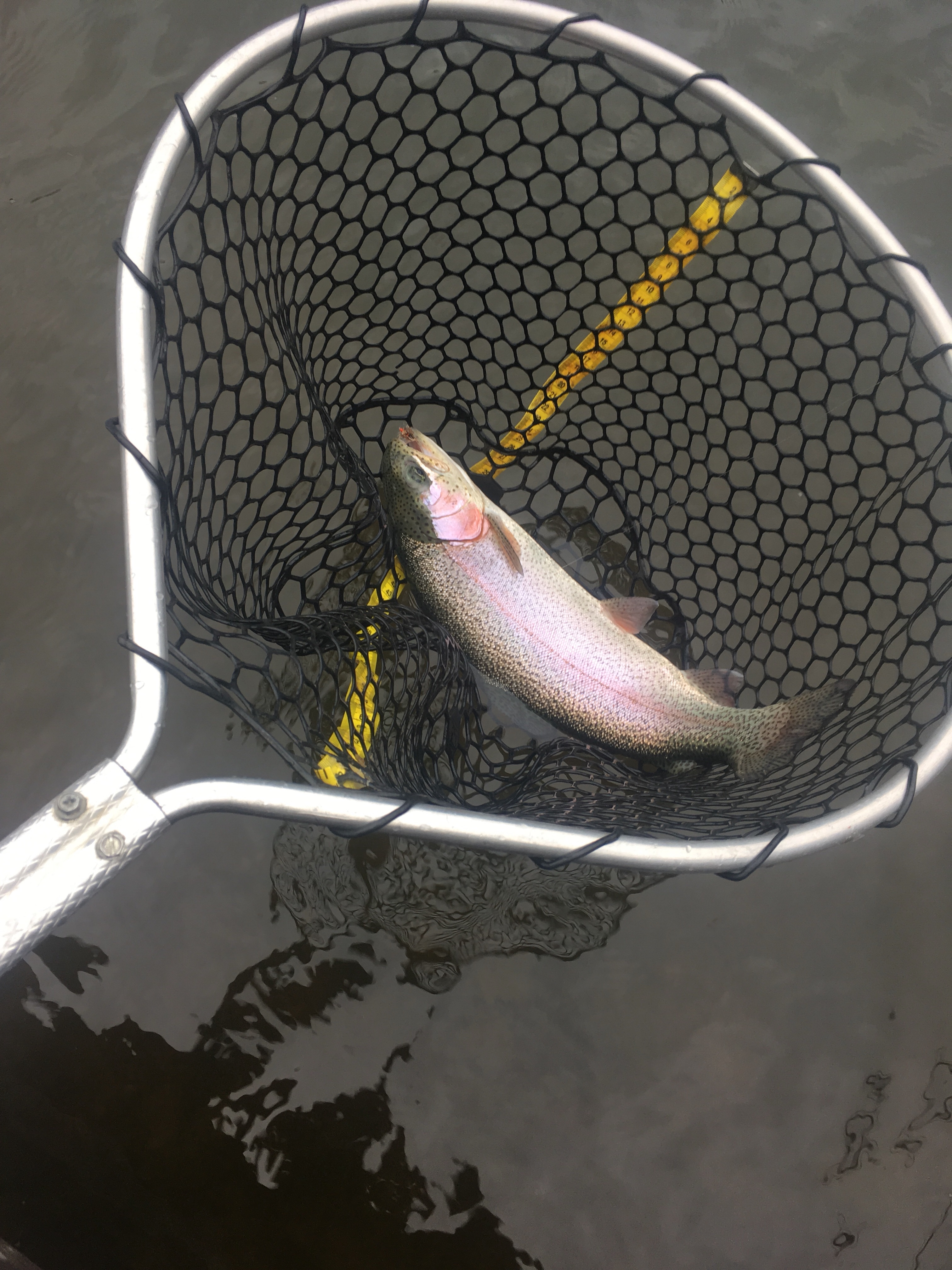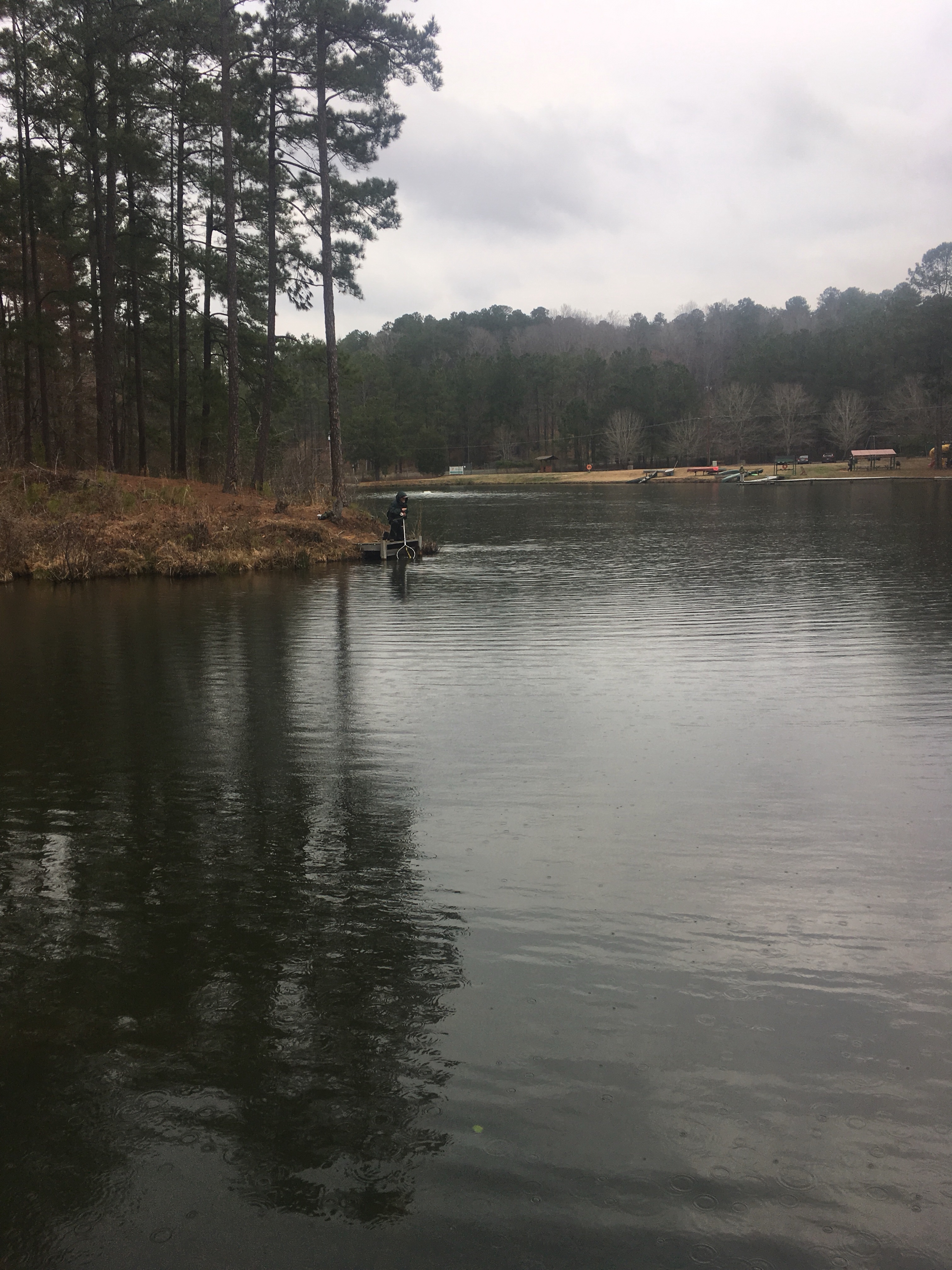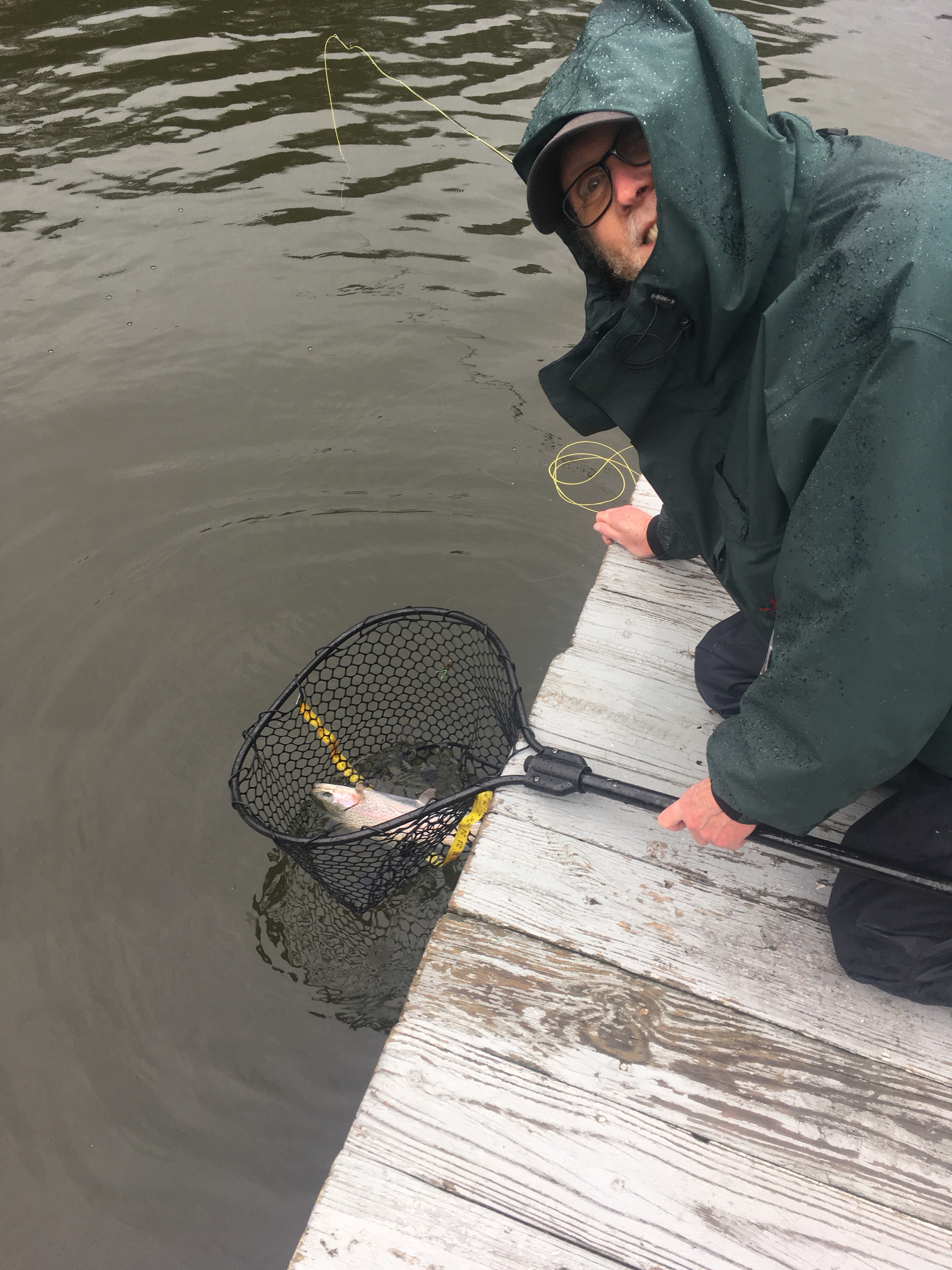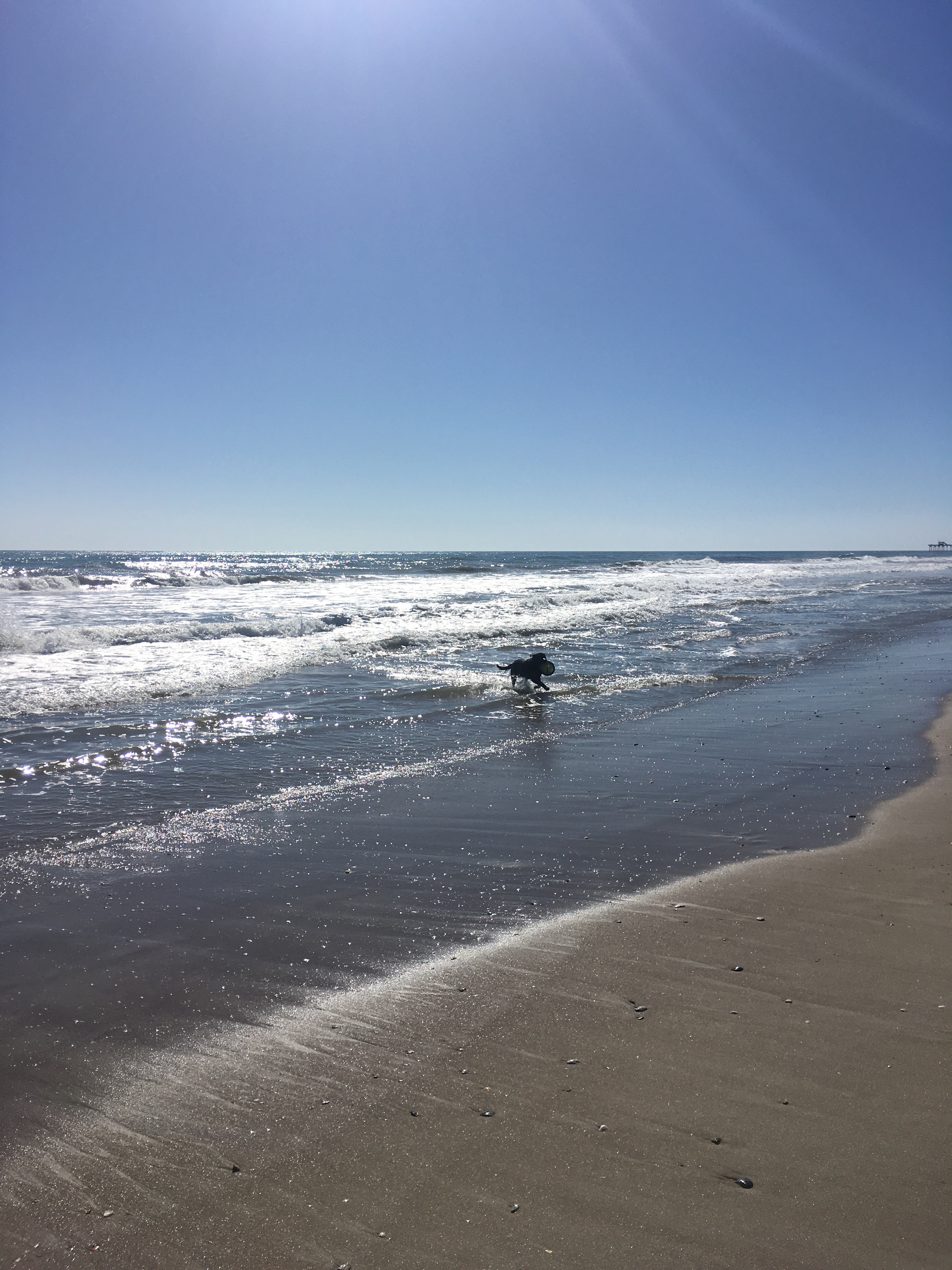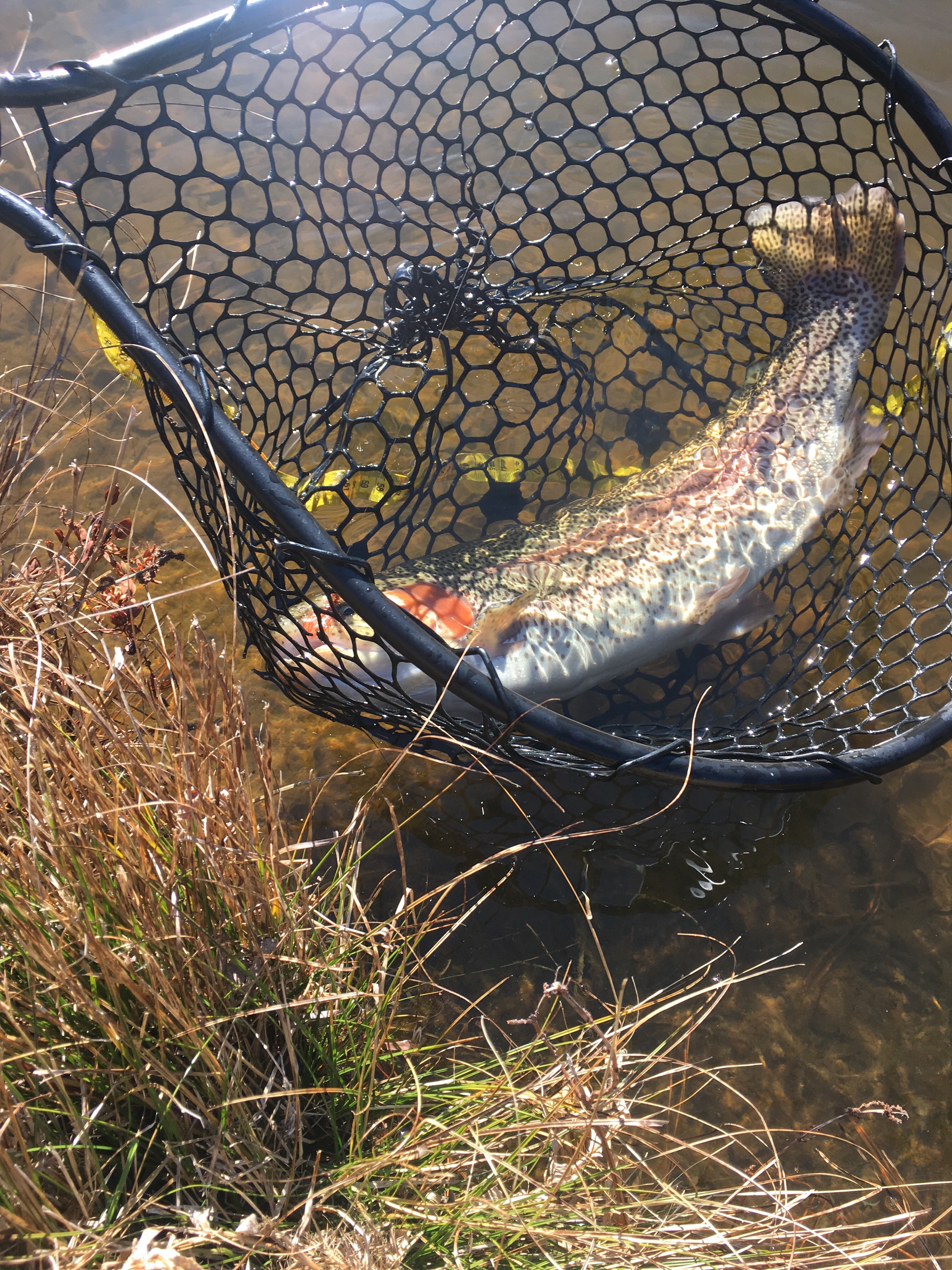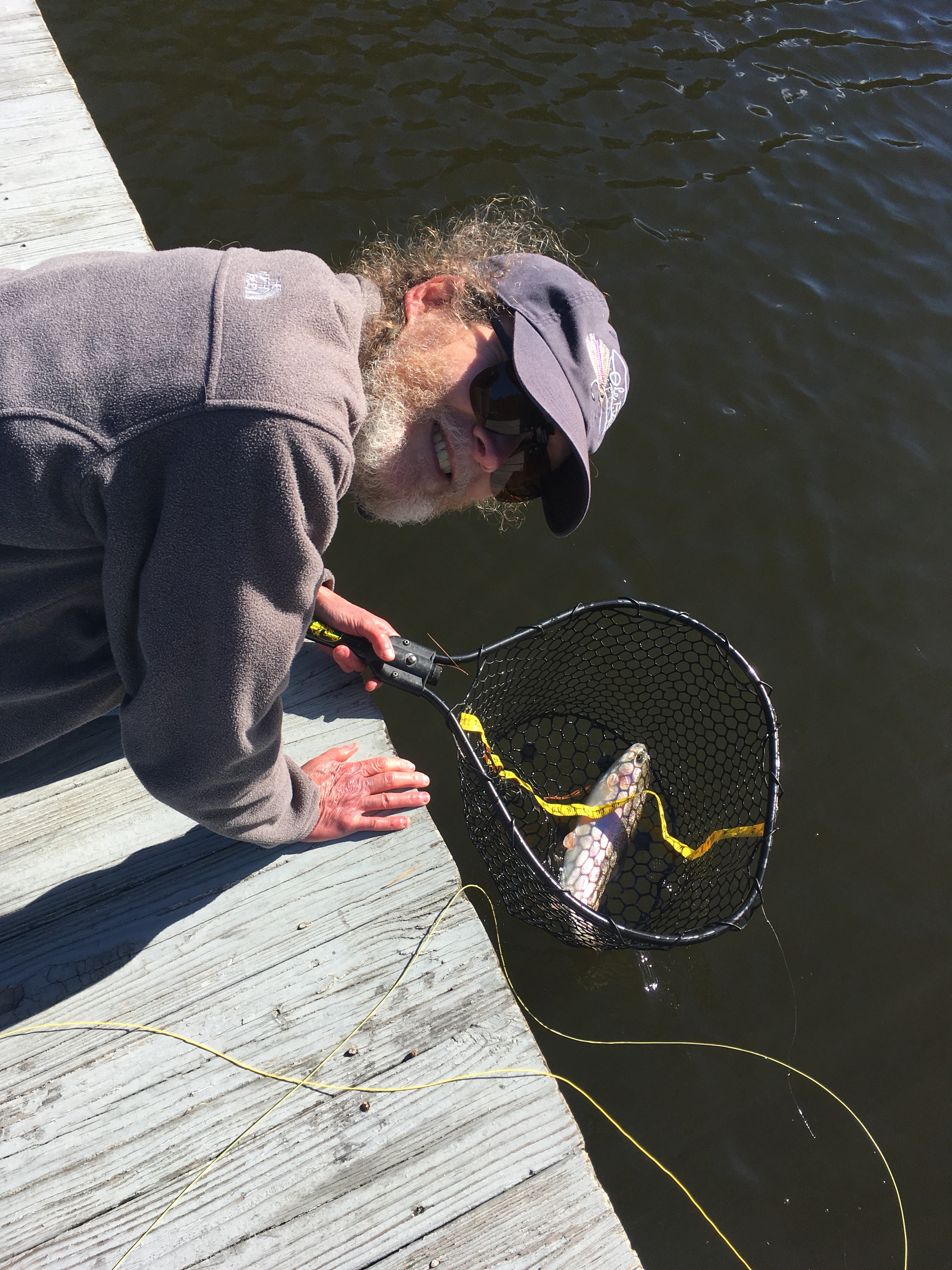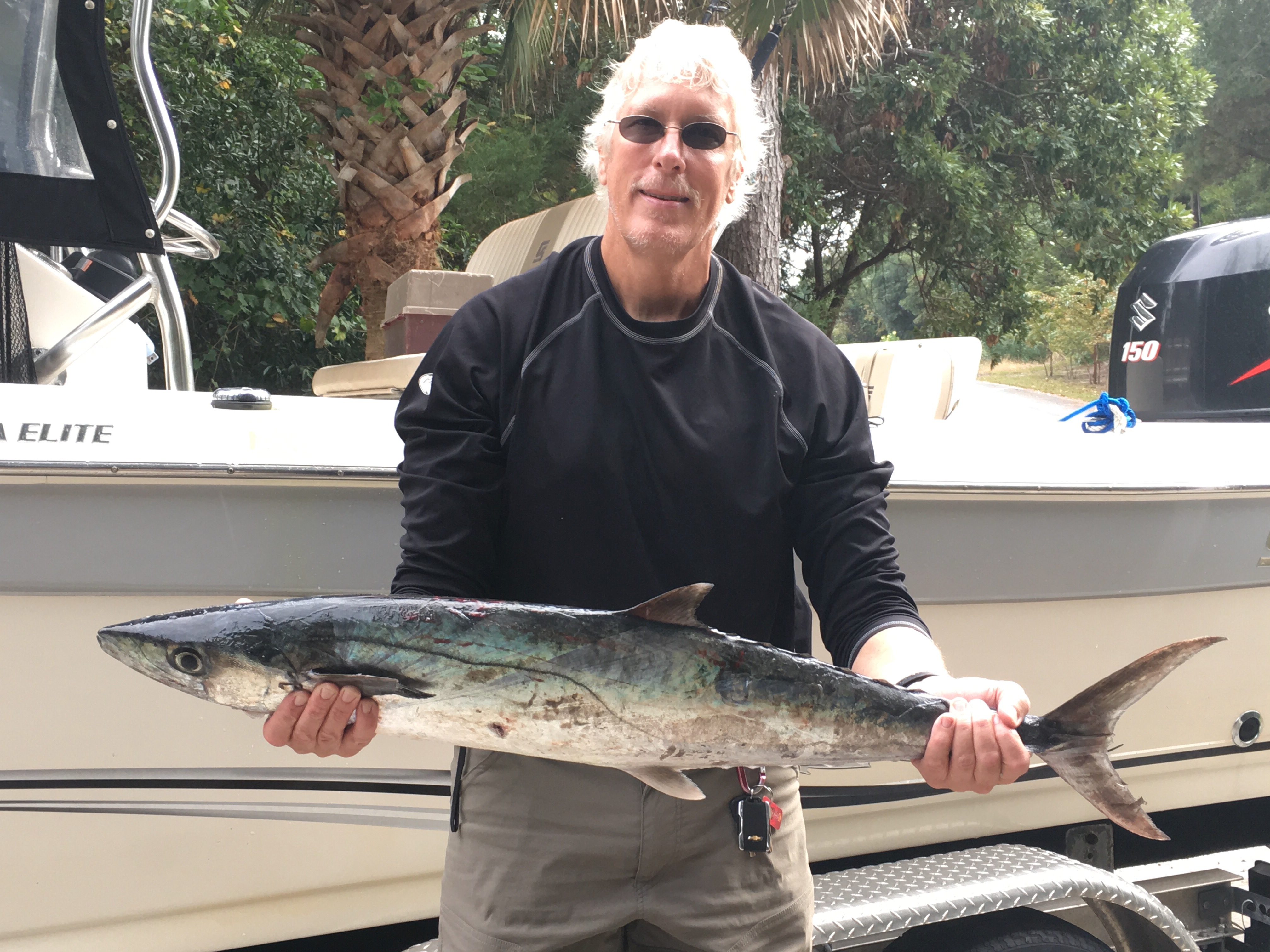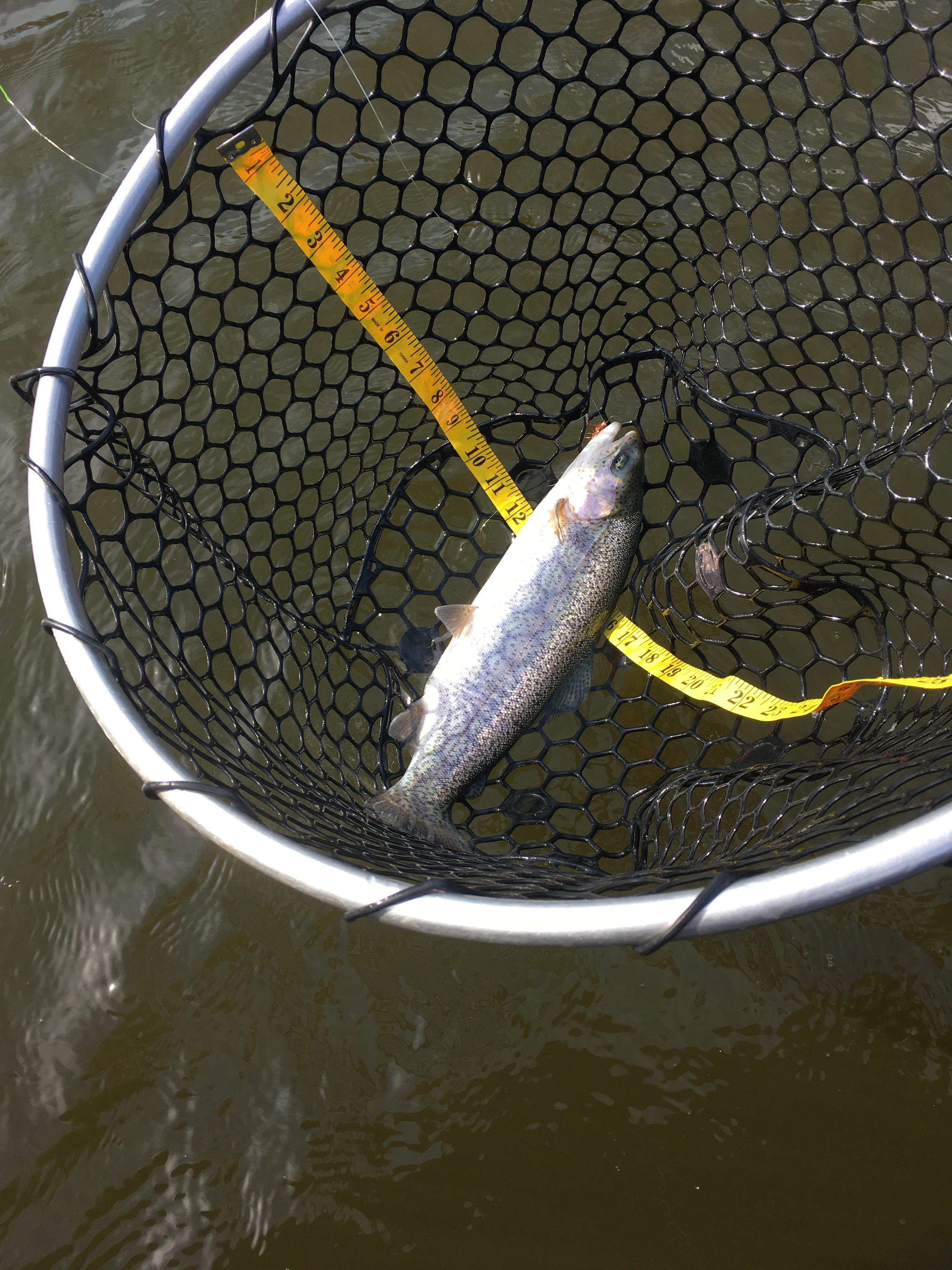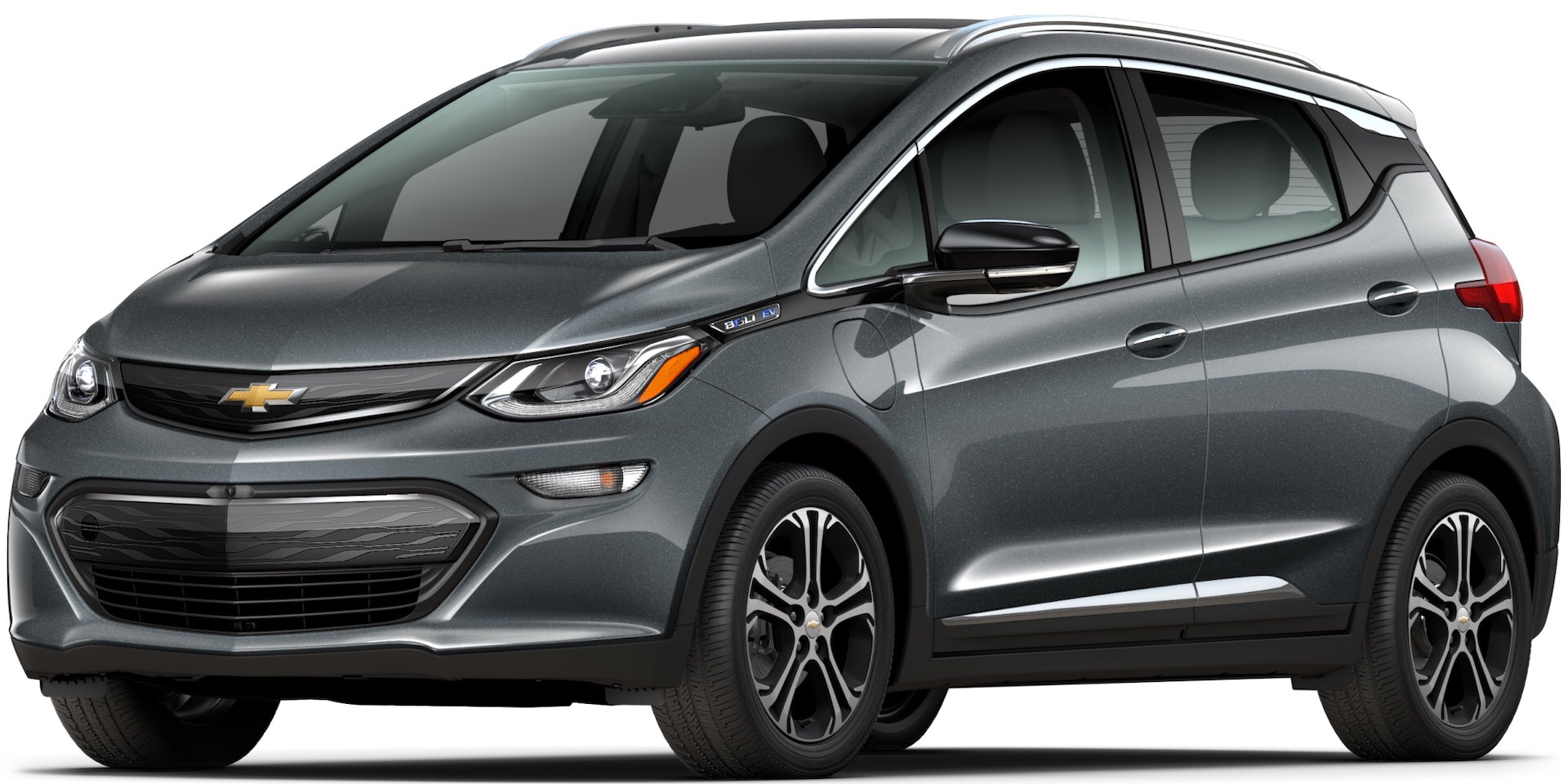
We’ve had our Bolt 4 days now (we got Nightfall Gray, just as in this stock image) and so far, we are loving this car! Jan drove it home from Virginia Beach, where we brought it. That was a bit over 210 miles, and we were nervous about the range, so we stopped for a couple hours at a Chevy dealership along the way to load some more electrons. We realized, though, that we could have made it if we’d gone direct, the 238 mile advertised range seems to be realistic! We drove it around town some, maybe 25 miles, and then a round trip of about 160 miles to visit my dad for his birthday. Jan let me drive it on the return trip 😎 so I have some good behind -the-wheel time, too. I’ve put together some thoughts on our experiences so far below.
GENERAL OBSERVATIONS ON THE BOLT
The Bolt is a pleasure to drive. It’s quiet, solid and handles well. With the low center of gravity, coming from 1,000 pounds of battery in a nearly 4,000 pound car, it sticks to the road in curves. The biggest knocks are that GM skimped on what we often expect in the interior of a car, finishing the car with plastic rather than wood, basic carpet instead of plush, manual rather than electric seat adjustments, and so forth. Well, yeah, it doesn’t compare to the interior of my spiffy LTZ Silverado. But it’s comfortable, functional, and they put the money in the EV parts. I’ve read that GM pays LG $8,000 for the battery in each car. The infotainment center is great, with a big 10+ inch screen with CarPlay or Android Play. This works well. We have the basic audio system in our Bolt LT, rather than the Bose in the Premier edition, but it sounds fine. There is a plethora of information about the car’s operation, personalization, and configuration. Bluetooth calling works well, with good audio. It’s not luxury, but it’s functional, comfortable (I’m 6’5″ and can easily drive, and can sit in the back seat as long as the driver seat is not all the way back) and roomy. It’s a hatchback with 60/40 split back seats, and feels spacious on the inside, a good job with design.
RANGE
There a few caveats about range. Your driving and use of the car’s other systems all tap the same 60Kw battery pack. If you have a heavy foot, the Bolt will respond. It is rated at 200HP with 0-60 of 6.5 seconds. It will go if you need to pass or merge into traffic. It will also tell you, on a big display, how much energy your decisions cost you from your “tank” of latent power. EV’s (and hybrids) go further on the same power in stop and go driving than on the open road. The Bolt’s EPA rating of equivalent “MPG” is 128 city and 110 highway. We saw this effect. Also, something you might not think of, though, is that the heat (and A/C) will trim the range, by 5-10% depending on how you use it (observation and reading the documentation). The seat heaters and heated steering wheel don’t seem to have much impact. The infotainment center also draws some power, but that’s minimal. It’s the climate system that strongly impacts range. Clearly, this is only an issue if you were trying to maximize range. Range is directly proportional to the size of the battery pack.
CHARGING, STANDARDS, AND CONNECTORS
How, when and where to charge are tied closely to range. To understand this takes some background, which I will attempt to give. This is based off casual research before purchasing, and intensive, highly motivated research in the 4 days after signing the papers 😉. There are three levels of charging, called (so originally!) Level 1, Level 2, and Level 3. Level 1 is with 120V standard outlets, and cars usually have built in charge control circuitry for this. The Bolt can charge at 8 or 12 amps on such outlets, using the included charging cable. This charges at about 3 miles per hour for 8 amps, and 4+ for 12 amps. This means 48-72 hours to fully charge the Bolt’s 60Kw battery. The amperage draw is managed through the UI of the infotainment system. Level 2 is with 240V circuits, at 16-40 amps. This can charge at 12-30 miles per hour, depending on current. I’m planning to install one of these Level 2 chargers at the house. It requires a dedicated 40-50 amp circuit and the charger unit itself. Level 3 is 480V, and can charge a battery the size of the bolt’s in about 2 hours. However, it’s not quite so simple in all cases. There are multiple standards and connectors. The J1772 connector is widely used for Level 2 chargers from many manufacturers, except Tesla. Level 2 connectors are what you find on many public, free chargers. These are typically 16 amp chargers, which would charge a small capacity EV quickly, but an extended range EV like the Bolt takes 18-20 hours on one of these to fully charge. Level 3 chargers are also different, with different plugs and no clear standard. Tesla, of course, has its own. Our Bolt has the DC fast charging option, which is a $750 add-on from the base vehicle. These chargers are not free, and typically require membership in a charger network.
CHARGER NETWORKS AND LOCATIONS
These networks provide access to and billing for chargers that are not free, including Level 3 and some Level 2. I’ve joined ChargePoint and EVgo with pay as you go plans. Their apps show charger locations and even availability of chargers. I’ll explore this more as we try some. There are a lot of chargers in parking decks, municipal parking lots, commercial parking lots, like malls, and so forth. Most Level 2 and most free. Also, car dealers selling EV’s often have a public freely available charger. Most Chevy dealers have them now, it seems. But remember that at Level 2 the J1772 standard rules, and you can charge a Chevy at a Nissan dealership and vice versa, for example. Tesla has a deal with Sheetz gas stations and is putting chargers at some of them, including their Level 3 supercharger. At Level 2, there is now a 3rd party adapter to let a J1772 vehicle use a Tesla charger, and Tesla has an adapter to go to J1772.
DRIVING PATTERNS
A lot of this comes down to the way you use the car. Where are going? How far? Are there chargers at your destination? Even if you don’t have a fast charger where you are going, you can plug into 120V if an outlet is available and get some miles, as the Level 1 charger is portable and rides with your car. If your car is at your house for 12 hours, even a Level 1 charger will put 50 miles on it. Traveling long distances is the bugaboo. You can’t do a 500 mile day with a Bolt unless you find a Level 3 charger for a quick charge. But lots of folks have cars that are not practical trip vehicles, and have another (my Silverado for example) or rent for a trip.
BOTTOM LINE
The Bolt is a practical EV. The price is right. Performance is great. It’s roomy enough for a big driver, and is a flexible hatchback design. Range is sufficient to drive 100 miles to a destination and come back on one charge. Don’t forget that scheduled maintenance on an EV is much lower, no oil changes, and very little periodic maintenance. There are a lot of driving use cases covered here. It won’t work for everyone, but it works for us. At $0.10 per Kw/hour for electricity, it takes $6 for a full charge to go 238 miles. And when we put solar on the house, as we plan to do in 2018, then driving at no fuel cost and no indirect emissions, either.
